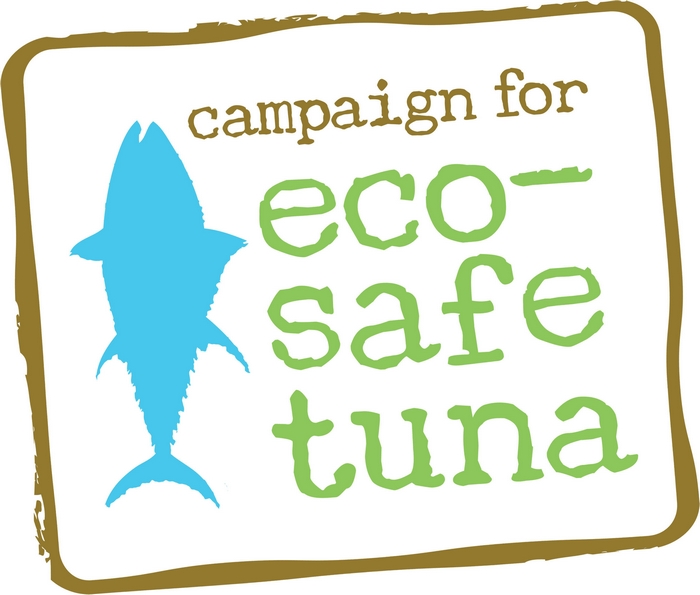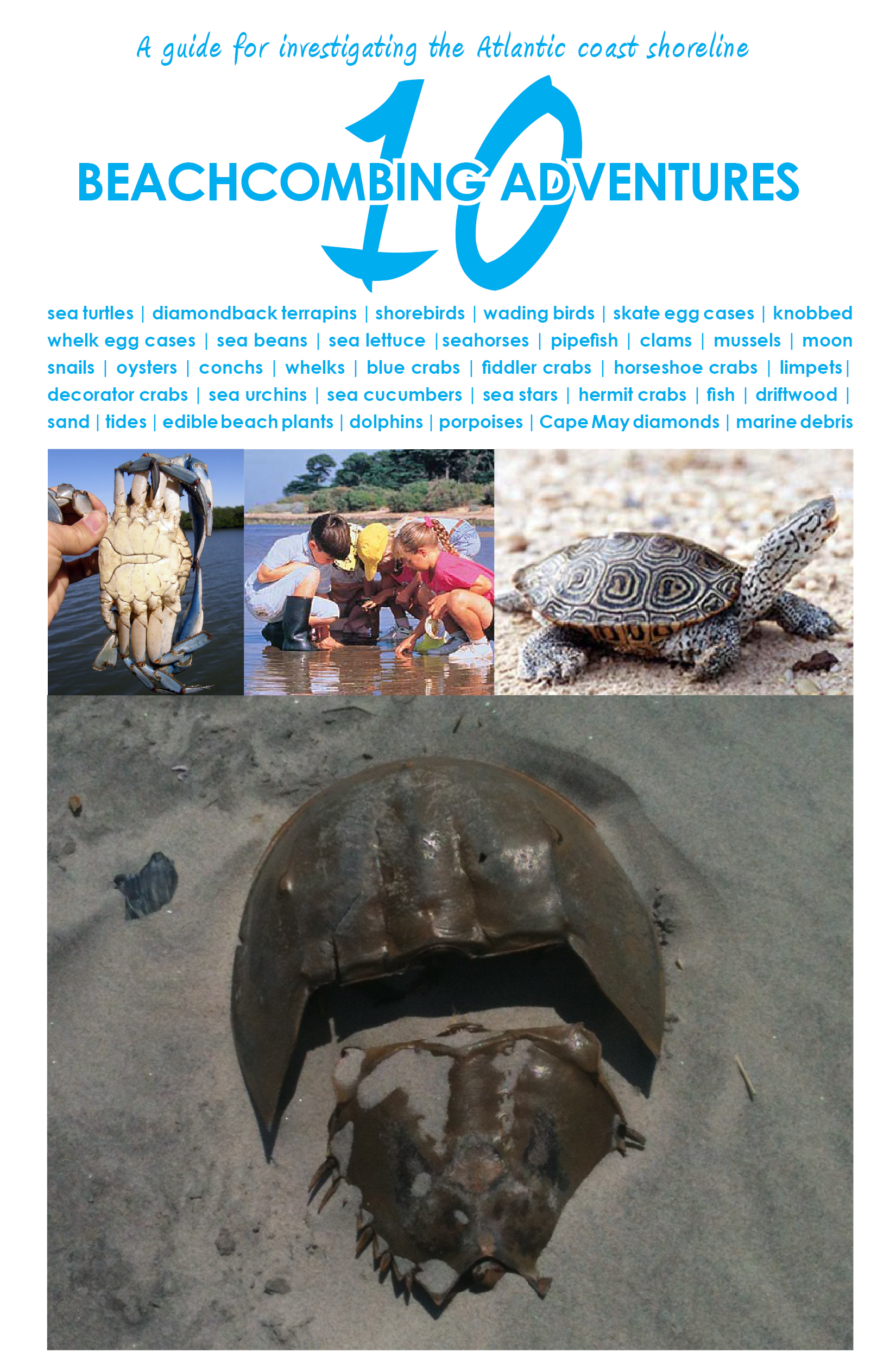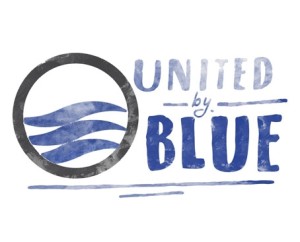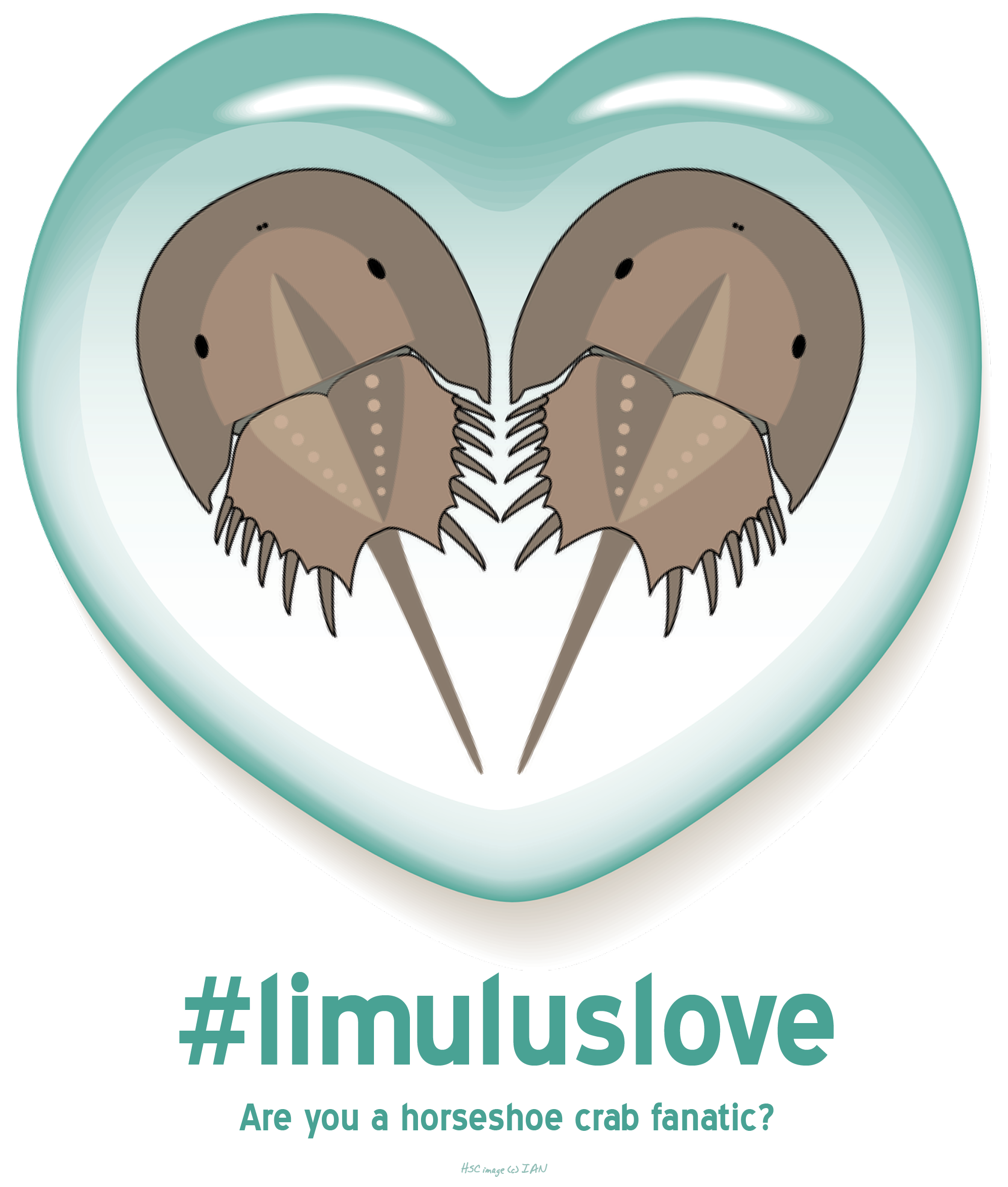It’s time for another installment of the What Marine Conservationists Are Into series and appropriately we’re heading into fall with a professor from the University of North Carolina at Chapel Hill. In case you didn’t know this is a series I have been featuring each Tuesday this summer to get a special sneak peek at the different personalities behind the scientists, activists, and educators (including bloggers) who play an integral role in the marine science conservation field. It’s essentially an extension of the overwhelmingly popular and well done Tumblr blog, This Is What A Scientist Looks Like, (BCS was featured in April!) which sets out to illustrate that scientists are not just crazy haired nerds in lab coats. I’ve sent a list of 15 random questions to some folks I know and asked that each person share at least their answers to 5 of them.
 John Bruno is a marine ecologist and Professor at The University of North Carolina at Chapel Hill. His research is focused on marine biodiversity, coral reef ecology and conservation and the impacts of climate change on marine ecosystems. John earned his Ph.D. from Brown University in Ecology and Evolutionary Biology and was a postdoctoral fellow at Cornell University in disease ecology. He is currently working primarily in Belize, the Bahamas, Cuba and the Galapagos Islands.
John Bruno is a marine ecologist and Professor at The University of North Carolina at Chapel Hill. His research is focused on marine biodiversity, coral reef ecology and conservation and the impacts of climate change on marine ecosystems. John earned his Ph.D. from Brown University in Ecology and Evolutionary Biology and was a postdoctoral fellow at Cornell University in disease ecology. He is currently working primarily in Belize, the Bahamas, Cuba and the Galapagos Islands.
John is an avid blogger and co-developer of the oceans website SeaMonster (www.theseamonster.net). For fun, he reads, bikes, surfs and kitesurfs and in his spare time he is developing a blue carbon offsetting company (The BlueCarbon Project) that is restoring mangroves in northern coastal Ecuador. More info: www.johnfbruno.com
Are you a night owl or a morning person?
When I was younger, I’d get up at 5 to work (write papers, lectures, etc). That rarely happens anymore and I am staying up later and later these days. We have a screened porch attached to our bedroom that is 15ft off the ground and we spend a lot of time out there at night, listening to owls and coyotes, reading and watching movies late in the night. I’ve also got a hammock out there, where I do a lot of my writing. The porch is definitely my favorite room.
Which sitcom character do you relate to?
I don’t even own a TV and don’t know many sitcom characters, but I am reading the Millennium Trilogy by Stieg Larsson and can very much relate to both Salander and Blomkvist in their intense focus on and need for justice – although in my case, I want justice for the oceans. Like Salander, I am also quite introverted although I am not a computer hacker and don’t have a photographic memory.
What is your favorite sundae topping?
Fruit and grape nuts!
What is your favorite pastime?
If I am not working or hanging out with my wife and three daughters, then I am surely either biking, surfing, kitesurfing, swimming or reading. I basically never sit still and do nothing. I’m usually in motion, doing something risky. And I loathe board games and television.
What three things would you take with you to an island?
Funny you should ask, since most of my travel for work is to islands, usually in the Caribbean. I always pack a knife, a hat and mask. That is all you need in life.
And, with that I hope everyone is off to a great start to the academic year. I have a few more profiles, but if you ‘re interested in sharing or know someone else that should participate please do not hesitate to contact me at info@beachchairscientist.com. Check out everyone that has participated so far this summer. It’s quite the eclectic group of personalities keeping the ocean conservation movement so lively and full of momentum! I love it!


















What people are saying …